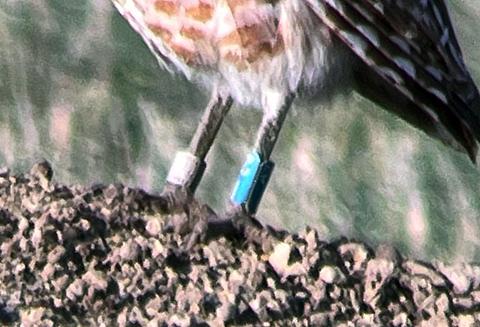Related Stories
- Lake Havasu Fisheries Improvement Program is the gift that keeps giving
- Monument map earns ‘finalist’ honors in global GIS awards
- BLM Fire and National Conservation Lands managers collaborate to meet shared goals
- Building for birds: Scouts support public lands
- Partnership drives ongoing habitat restoration in Muddy Creek watershed
Office
3990 Highway 2 West
Havre, MT 59501
United States
Phone:
Email:


